NVIDIA has announced the third iteration of its highly acclaimed DLSS upscaling technology. DLSS 2 added temporal feedback alongside motion vectors and jitter offsets to improve the accuracy of the reconstructed image. DLSS 3 takes a step further in this direction by creating an entire frame along with the upscaled one. To do this, the data inputs into the convolution neural network are more than doubled. Instead of one, two consecutive frames are fed along with motion vectors and optical flow data, thereby constructing an entire intermediate frame.

NVIDIA claims that Ada’s optical flow processor makes the whole thing possible. An intermediate frame is constructed by supplementing the neural network with a more precise directional velocity of the pixels. Unlike usual upscaling methods, one additional frame (per two) is constructed using temporal frame data without involving the CPU. No increase in draw calls or overhead, significantly improving overhead.
With that said, let me direct you to our performance analysis of DLSS 3 and the GeForce RTX 4090 required for the same:
- NVIDIA RTX 4090 Released: Founders Edition Review Here
Let’s move on to the image quality comparisons. We’ll place the frames reconstructed by DLSS 3 and DLSS 2 side-by-side and see how they stack up to the natively rendered ones:
We’ll look at the DLSS 3 implementation in A Plague Tale and Cyberpunk 2077. At first sight, all three look identical, but upon closer inspection, it becomes clear that the 3x performance boost comes at a cost:
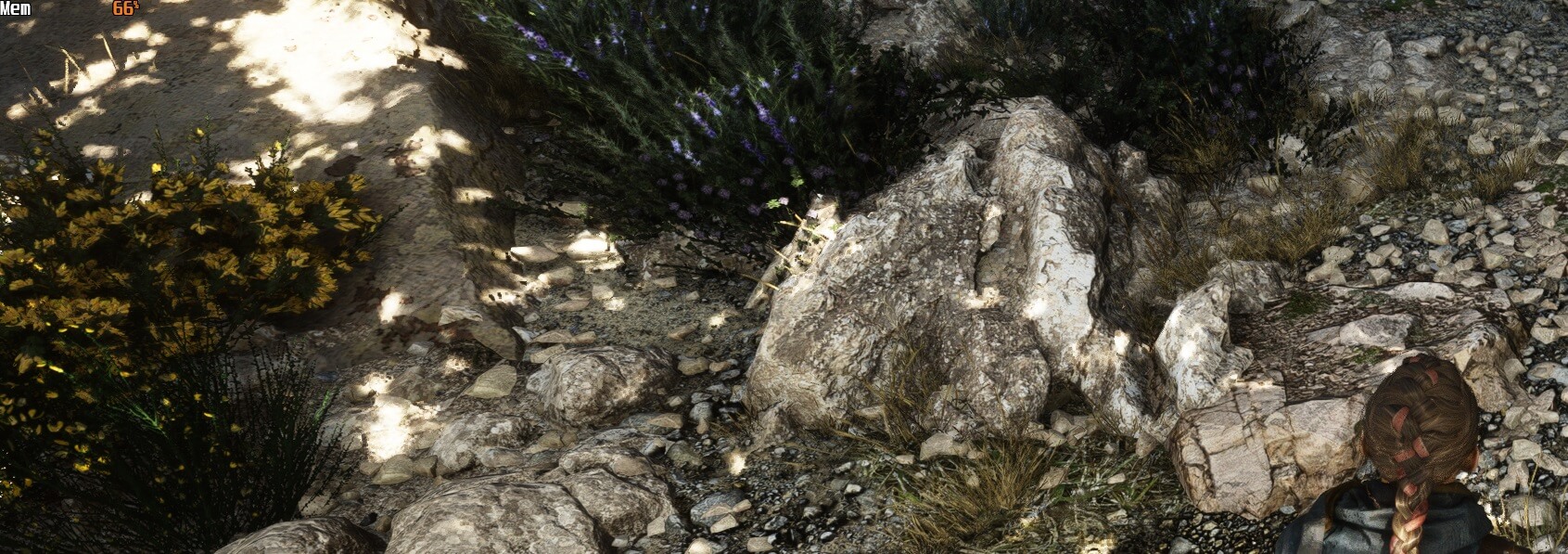
As usually with upscalers, vegetation loses a fair bit of detail. In addition to the stems/twigs/leaves failing to materialize fully (due to the increased complexity and the limitations of pixel-based rendering), lighting is also affected. DLSS 2 loses a smidge of the shadow and AO detail around vegetation, and DLSS 3 further adds to that shortcoming. As a result, patches of grass, bushes, and trees appear a little washed out.

It’s not easily noticeable, but it might bug you if you know what this stuff is supposed to look like.
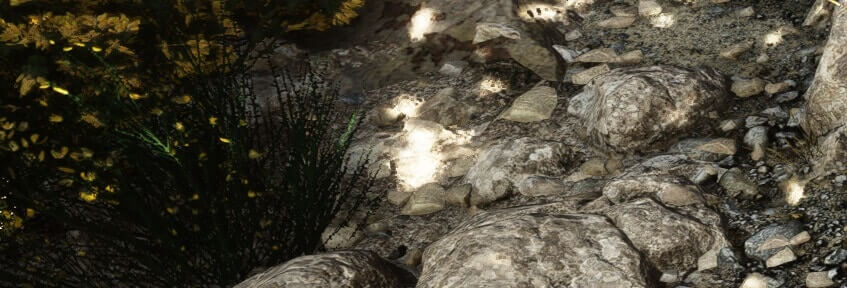

Overall, the image reconstruction with DLSS 3 remains impressive. It’s way ahead of DLSS 1, which suffered from severe ghosting, hallucinations, and loss of detail. You have minor artifacts and some ghosting, but nothing too disrupting.
Continued on the next page…
It’s the same story here as well. Complex transparent textures take a hit, losing a fair bit of shading and developing the slightest bit of aliasing with DLSS 3. DLSS 2 does a much better job of retaining object detail and shading.

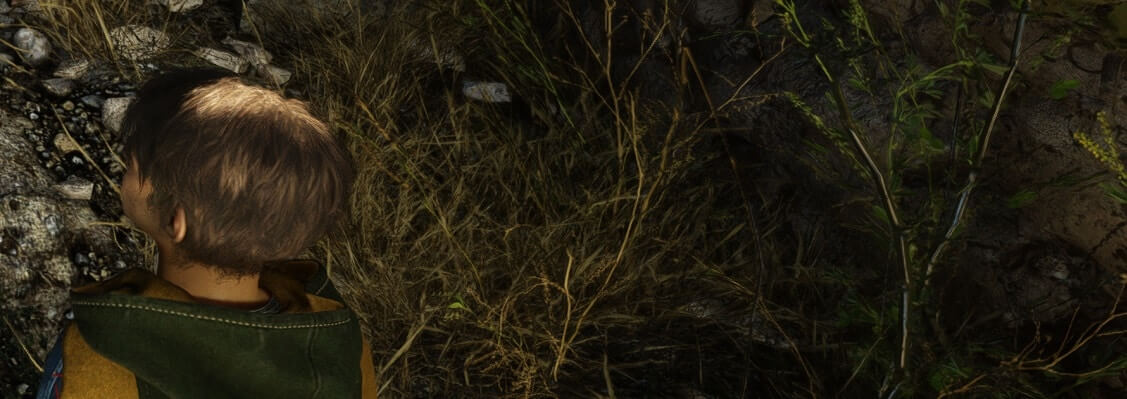
Everything else is perfectly rendered with near-native levels of fidelity and detail.
The thinner strands of hair on Amicia’s forehead get blurred and blend in with the skin texture when DLSS 3 is enabled. Once again, keep in mind that these artifacts are only visible when you look closely and will be impossible to spot during regular gameplay. The dust marks on the face also look a bit patchy compared to native.

DLSS 2 does a better job of hair reconstruction but remains a smidge inferior to native. The skin texture is also rendered more cleanly than its successor.
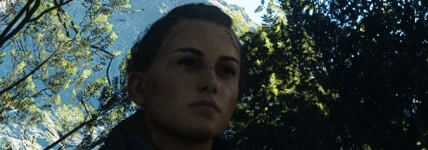
In the pine tree below, DLSS 3 results in the loss of detail along the ends of its leaves/needles. Like temporal anti-aliasing, it’s smoother but not as sharp as native. Depending on who you ask, this is a good or bad thing.
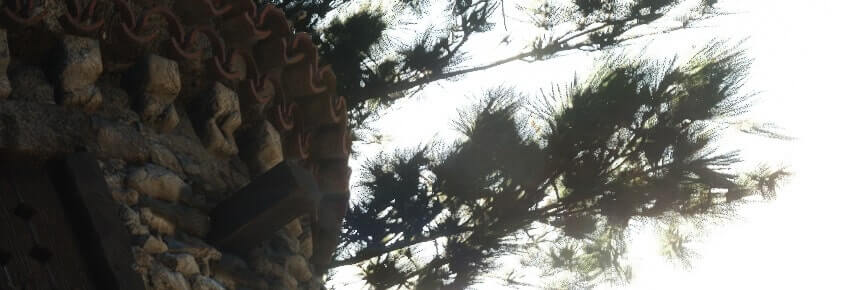
DLSS 2 looks almost identical to DLSS 3, with minor differences around the edges of the thin needle leaves.
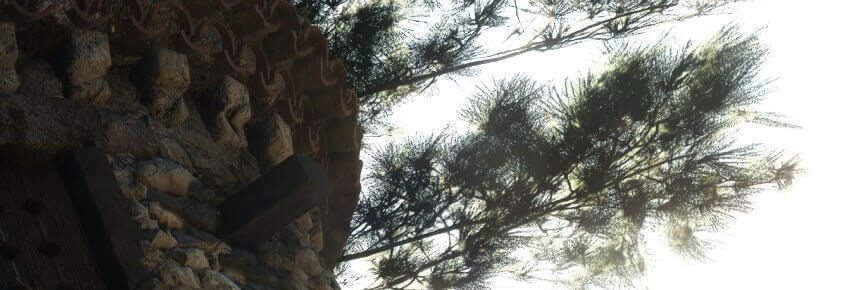
The following is one of the best-case examples of DLSS 3. It is virtually identical to the natively rendered image. However, take a node of the boundary of her head. Native looks blocky and aliased, whereas DLSS 3 is smooth and soft. There’s a layer of greyish pixels around the head in the second case, which can cause ghosting if it accumulates through the frames. One of the most typical problems with temporal upscaling.
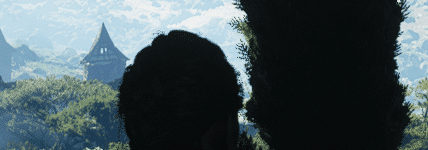
DLSS 2 looks the same as native, but DLSS 3 blurs a fair bit of intricate detail involving the hair follicles. Sharper but more aliased.

Finally, let’s look at the concrete jungle of Night City. DLSS is necessary if you want to experience Cyberpunk 2077 without maddening stutters and frame rate drops.
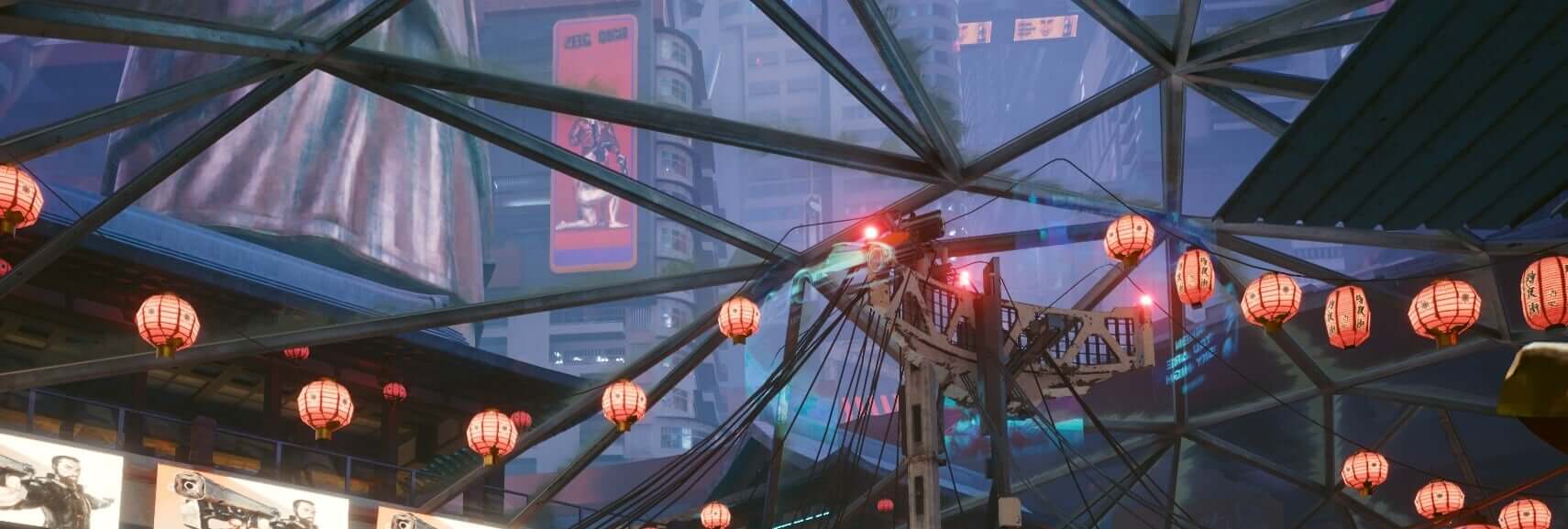
Overall, the scene looks perfectly reconstructed with DLSS 3. There are, however, irregularities. The power cables hold the critical information here. Note the sole line at the center of the screen. It has blurry and undefined edges on the DLSS 3 side. This can also lead to artifacting, such as ghosting when in motion.
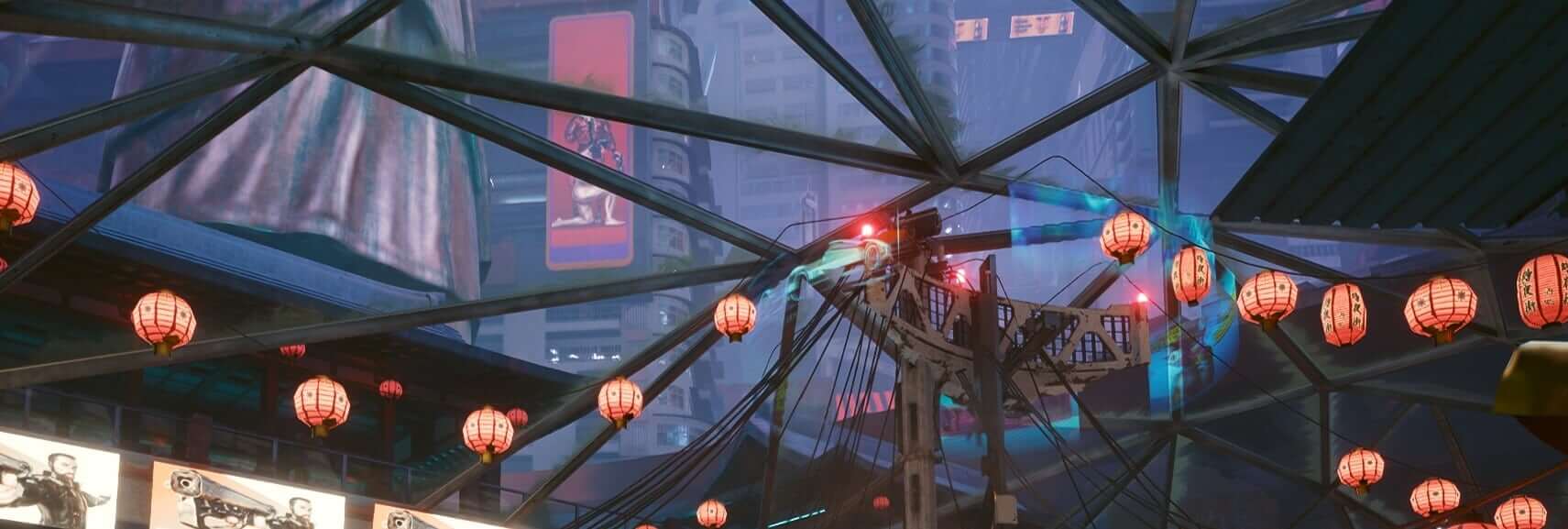
DLSS 2 also suffers from a milder form but manages to hide it much more cleanly. DLSS 3 causes ghosting in this case.
Continued on the next page…
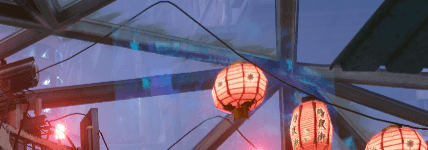
A closer look at the power line gives us a better look at the ghosting caused by DLSS 3. Once again, DLSS 2 does have the same artifact but on a much less noticeable level.
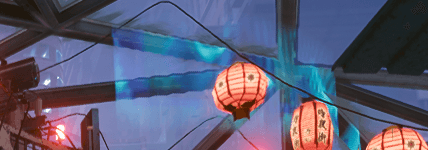
Here’s another example of where DLSS 3 doesn’t fare that well. The yellow frame and iron grating of the window below suffer from a different kind of artifact caused by the same phenomenon:
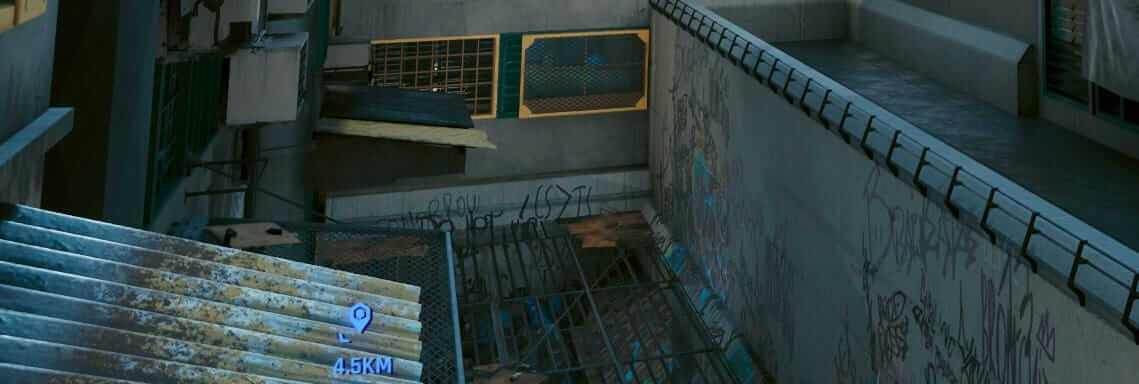
The edges of the window look blocky and aliased, almost like a jigsaw with incomplete pieces. It’s only visible in the DLSS 3 version due to the incorrect calculation of the intermediate frame.
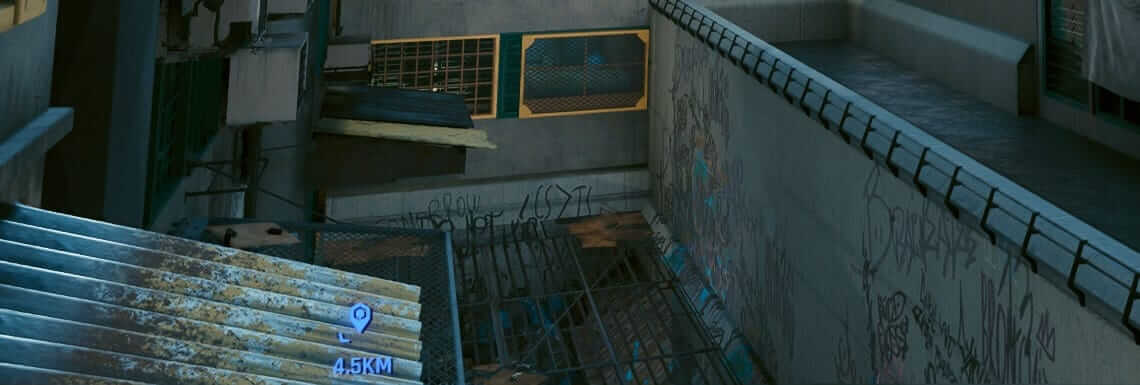
You’ve got two frames, one where the window frame is slightly higher or lower than the other. The intermediate frame rendered is essentially an average of the two below artifacts. The optical flow data is meant to prevent this problem, and it does, just not entirely.
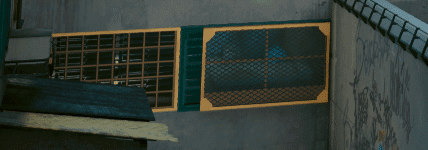
Once again, DLSS 2 proves to be superior in image quality to its newly announced successor.
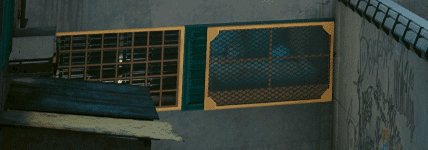
DLSS 3 is a landmark achievement in advanced 3D graphics and upscaling technologies. It has a couple of flaws but nothing game-breaking. Seeing just how far DLSS has come over the past couple of years, it won’t be long before its latest iteration overcomes these minor obstacles. Not long before the delusion looks just like or even better than reality.
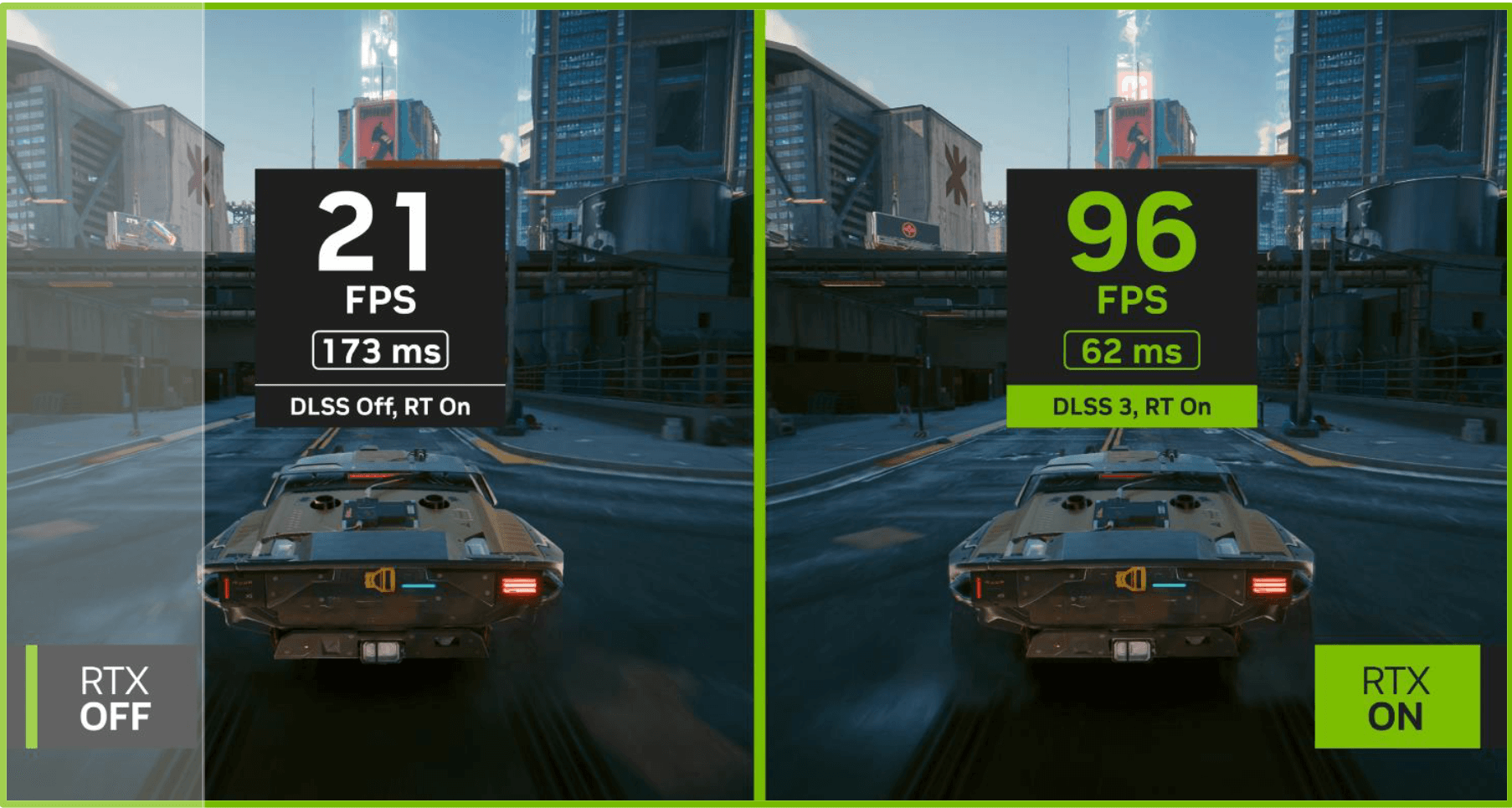
 Intel Graphics Driver Boosts Performance by up to 48% on Meteor Lake Processors
Intel Graphics Driver Boosts Performance by up to 48% on Meteor Lake Processors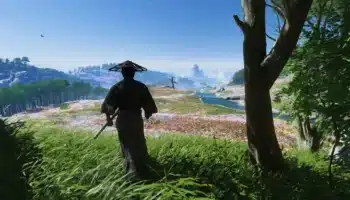 Ghost of Tsushima PC Specs: NVIDIA RTX 4080 for 4K 60 FPS, Likely to Favor AMD Radeon
Ghost of Tsushima PC Specs: NVIDIA RTX 4080 for 4K 60 FPS, Likely to Favor AMD Radeon Dragon’s Dogma 2 PC Benchmark Test: AMD RX 7900 XTX Beats the NVIDIA RTX 4090
Dragon’s Dogma 2 PC Benchmark Test: AMD RX 7900 XTX Beats the NVIDIA RTX 4090 Horizon Forbidden West PC Performance Review: AMD 7900 XT as Fast as RTX 4080 at Half the Price
Horizon Forbidden West PC Performance Review: AMD 7900 XT as Fast as RTX 4080 at Half the Price